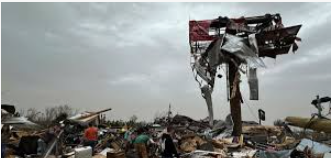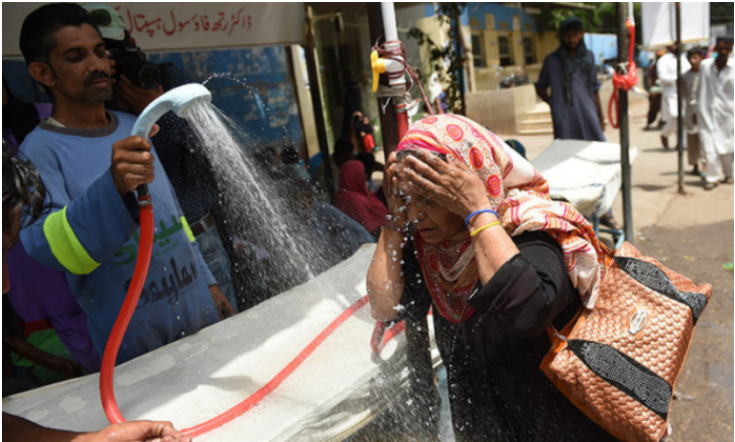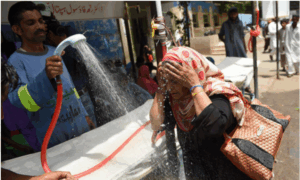Severe Storm Ravages U.S.: Destruction, Fatalities, and Uncertainty

A severe storm system currently tearing through the United States has left a trail of devastation, claiming lives, displacing thousands, and causing widespread destruction. From tornadoes and flash floods to wildfires and dangerous winds, this weather event is rapidly becoming one of the most deadly and destructive storms in recent memory.
The Immediate Impact
The storm, which began moving across the U.S. on March 14, has already caused at least 40 fatalities, with the death toll expected to rise as the storm continues its path through the country. The most severe damage has been reported in several states, including Arkansas, Missouri, Mississippi, and Alabama, where deadly tornadoes have been wreaking havoc.
Tornadoes, some of which reached “violent” EF3 and EF4 categories, have been particularly destructive. In Missouri alone, 12 lives were lost after a series of powerful tornadoes hit the region on Friday night. Similarly, Arkansas has seen widespread damage, including entire neighborhoods being wiped out.
As of Sunday, the storm system’s footprint continues to stretch across the South and Midwest, with tornado watches and warnings still in effect for states such as North Carolina, Georgia, and Pennsylvania. Even areas not directly hit by tornadoes have seen flash floods and severe thunderstorms, further complicating emergency response efforts.
Destructive Weather Events and Wildfires
Aside from the tornadoes, the storm has sparked wildfires, particularly in Texas and Oklahoma, where strong winds have fueled fast-moving fires, threatening homes and businesses. The National Guard has been deployed to assist with evacuation efforts in these regions, as firefighters struggle to contain the blazes amidst erratic weather conditions.
Meanwhile, parts of the Southeast have experienced devastating floods due to rapid rainfall, which has overwhelmed stormwater systems and caused flash floods in cities like Baton Rouge and Mobile. The flash floods have also led to hazardous driving conditions, with several accidents reported, some involving overturned vehicles.
Ongoing Threat and Uncertainty
Despite forecasts indicating that the worst of the storm may pass by Sunday, the risk is far from over. According to the National Weather Service (NWS), there is still a threat of more tornadoes, hail, and severe thunderstorms as the storm system moves northeast.
Many people are still without power, and emergency teams are scrambling to rescue stranded residents from flooded homes. Thousands of people have already been displaced, and shelters are now being established across the storm-hit areas. In addition to the immediate damage, local economies are bracing for long-term impacts, particularly in agriculture-heavy regions, where crops and livestock have been destroyed.
Federal and State Response
In the wake of the storm’s devastation, the federal government has already declared states of emergency in Arkansas, Missouri, and Mississippi, which will allow for federal assistance to help with the recovery efforts. Emergency response teams, including FEMA (Federal Emergency Management Agency), have mobilized, and local authorities are urging people to stay vigilant and adhere to evacuation orders if necessary.
Across the affected states, there have been reports of overwhelmed hospitals, with medical personnel working around the clock to treat storm-related injuries. First responders, including firefighters and search-and-rescue teams, have been tirelessly working to find survivors amidst the wreckage, but as more areas remain inaccessible due to flooding and damaged roads, the full extent of the damage remains uncertain.
Safety Guidelines and Precautions
Authorities are continuing to urge people in the affected areas to take the necessary precautions. If you’re in a tornado-prone area, experts advise staying in a basement or interior room on the lowest floor of your home, away from windows. Flash flooding remains a significant risk, and anyone in a flood-prone area should have an evacuation plan ready.
Those in non-affected areas should continue to monitor local news and weather reports, as the storm system continues to evolve. Emergency broadcasts will provide critical updates on tornado warnings and evacuation routes.
Looking Ahead
The full scale of the storm’s destruction will not be fully known for several days as teams continue search-and-rescue operations and clean-up efforts. The death toll may rise as more reports come in from remote areas that are still cut off from major routes. Additionally, the recovery will be lengthy, with some areas expected to remain without power for weeks.
As this storm continues to unfold, it is clear that the challenges posed by extreme weather events are growing. For many, this storm will be a stark reminder of the power of nature and the need for preparedness in the face of such deadly weather. The nation now faces a long road ahead in both recovery and rebuilding, with many hoping that the worst of the storm’s impact is over, though uncertainty remains.
In the coming days, our focus will need to be on helping the affected communities rebuild and ensuring that we’re better equipped to handle the rising frequency of such devastating events in the future.











